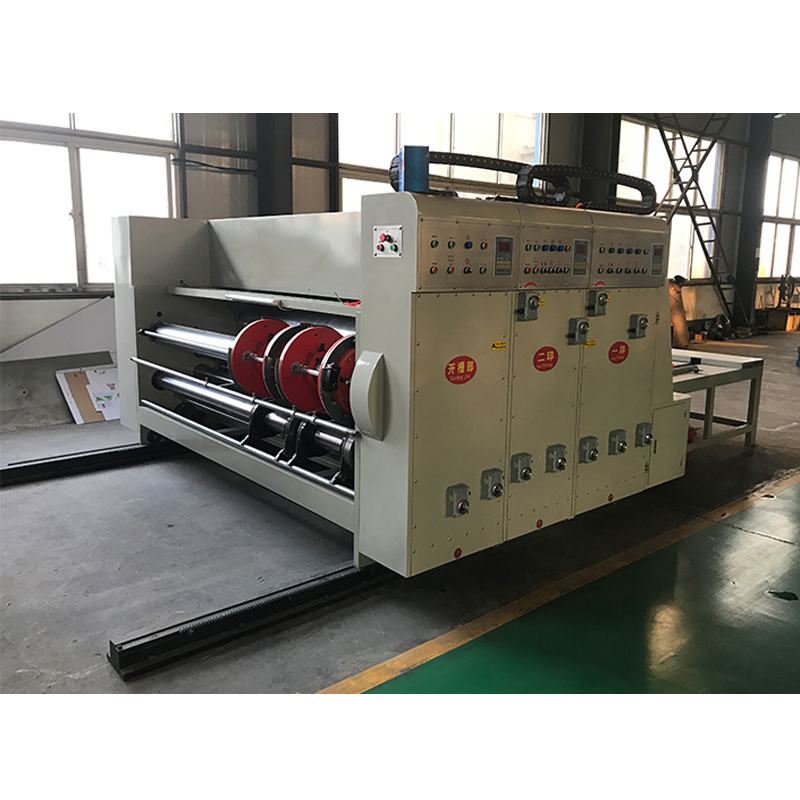
3D printing has revolutionized the way we manufacture products. With the ability to create complex shapes and geometries, 3D printing has opened up new possibilities for designers and engineers. However, one of the challenges of 3D printing is creating flexible parts. In this article, we will explore some tips and techniques for 3D printing flexible parts.
- Choose the Right Material
The first step in 3D printing flexible parts is choosing the right material. There are several materials available for 3D printing flexible parts, including TPU, TPE, and flexible PLA. Each material has its own unique properties, so it's important to choose the right one for your application. TPU is a popular choice for flexible parts because it is durable and has good elasticity. TPE is another popular choice because it is soft and flexible. Flexible PLA is a good choice for beginners because it is easy to print and has good flexibility.
- Adjust the Printer Settings
Once you have chosen the right material, the next step is to adjust the printer settings. The key to 3D printing flexible parts is to print them slowly and at a low temperature. This will help to prevent warping and ensure that the layers adhere properly. You should also adjust the infill density to ensure that the part is flexible enough.
- Use Support Structures
When 3D printing flexible parts, it's important to use support structures. Support structures help to prevent the part from collapsing or deforming during the printing process. You can use either breakaway or soluble support structures, depending on the material you are using.
- Post-Processing
After printing, you may need to do some post-processing to ensure that the part is flexible and functional. This may include trimming any excess material or sanding the part to smooth out any rough edges. You may also need to anneal the part to improve its flexibility.
In conclusion, 3D printing flexible parts requires careful consideration of material selection, printer settings, support structures, and post-processing techniques. By following these tips and techniques, you can create high-quality, functional, and flexible parts for your applications.
